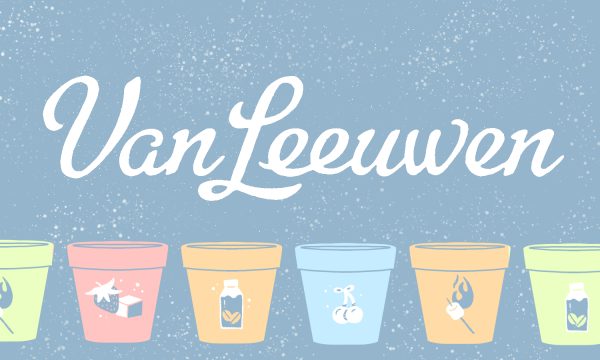Cannabis may be on its way to helping with epilepsy
Collegian | Falyn Sebastian
(Graphic Illustration by Falyn Sebastian | The Collegian)
April 19, 2022
Nothing rocks the traditional drug treatment model quite like cannabis. Medical cannabis is often approved long before its recreational use. We are a far cry from fully understanding cannabis, but we do know people are using it to treat problems other drugs have failed to help.
Meet Alec Vail, a man who has had epilepsy his whole life. Epilepsy is a neurological condition wherein the mind and body seize, sometimes many times a day.
“When you have epilepsy, it’s kind of hard to do normal day-to-day things like driving, going to school (and) just talking to people, stuff like that,” Vail said.
But then his family became aware of an alternative medication that helped a young girl, Charlotte Figi, with her roughly 300 weekly seizures, according to CNN.
“She was this child who had hundreds of seizures …, started taking CBD oil (and) went down to about two or three series of seizures a day,” Vail said. “It was an inspiration to all of us epileptics.”
Her success led to one of the first CBD treatments entering mainstream conversations. They even named the strain of cannabis used after her: Charlotte’s Web. At this time, Vail was on dozens of medications, and none provided relief or clarity.
“He was this kid that was overdosed by pharmaceuticals to the point where he was taking so many meds, so much medication,” said Suzanne Vail, his mom. “It filled his hands.”
“I was taking medications that just made me zone out the entire day; I didn’t really know what was going on,” Alec Vail said. “And then once I started taking CBD, I was able to start having a normal life, in the sense of I can get up every day and not have to worry about cracking my head on something because I’m going to seize — or even just being able to think.”
“It did save his life,” Suzanne Vail said. “I think he was at a point where he just didn’t want to live. I mean, he was having seizures. He was getting hurt all the time.”
“We’ve customized my THCA to finally get to where I have that static relief in my head from my epilepsy without the psychoactive effect of feeling high.” -Alec Vail
Alec Vail is on a regimen of cannabidiol oil and tetrahydrocannabinolic acid, both nonpsychoactive cannabinoids, though THCA turns into THC under some light and heat conditions.
Before an epileptic seizure, the brain is overcharged with electricity, which stalls neurotransmitters and renders them unable to send messages. One theory as to why CBD functions as an epilepsy treatment is because it slows down messages being sent within the brain without destroying coherence.
The problem with THCA and CBD as medical treatments is options for buying them can be limited at dispensaries. When the Vails first found this treatment in 2012, Suzanne Vail decided to grow and prepare the CBD medication herself to ensure quality and safety.
“I started with a hybrid of Charolette’s Web, which is the basis of the CBD industry,” Suzanne Vail said. “I had one of those clones, and I continued to grow it, and I just continued to clone it over and over again. I kept it for many, many years until my grow got infested with pests.”
Suzanne Vail didn’t stop there. The more people the Vail family talked to, the more people they found who needed CBD.
“At one point it was like a full-time job,” Suzanne Vail said. She had patients who came to her with multiple sclerosis, Parkinson’s disease, insomnia, eating issues and depression. “So it became a little overwhelming for me because I was also working full time. … It was a labor of love.”
Making CBD oil is fairly simple — similar to making cannabis butter for edibles. THCA, on the other hand, is not so simple to distill into an acidic form. Dispensaries carried THCA for a while, but it became increasingly rare as Colorado became a recreational state. Luckily, the Vail family found a chemist who was willing and able to distill the treatment.
“We’ve customized my THCA to finally get to where I have that static relief in my head from my epilepsy without the psychoactive effect of feeling high,” Alec Vail said.
Therein lies the problem and a potential benefit with cannabis as a treatment: It requires tweaking. Epilepsy is a complex disease, and CBD is not a blanket treatment. For those who do find relief in cannabis, treatment can be dialed in with different terpenes and cannabinoids to create a regimen that allows patients to live their lives how they see fit.
This is but one story of the many who have found relief in cannabis. If cannabis research remains limited, treatments will remain difficult to find, legally dubious and highly personalized. However, the relief is real.
“You will hear this justification (of limited research), and I think it’s B.S.,” Alec Vail said. “We don’t have enough research on it; that’s true. But we do have enough research on it to know that it works.”
Reach Grayson Acri at cannabis@collegian.com or on Twitter @Guy1376.





